Fundraising Campaigns and The Arts: Major and High-level Donors
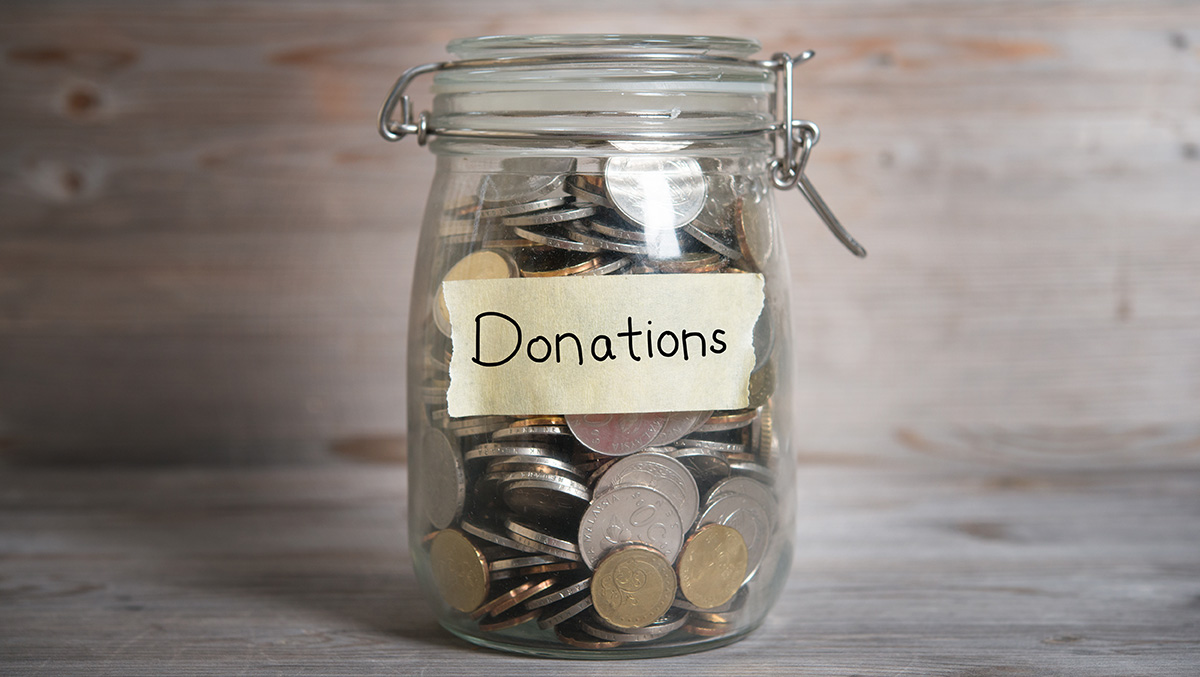
Large Scale Donation Campaigns
Every organisation within the arts and cultural sector will have its own nuanced strategies for fundraising. Some organisations will only implement donations through the Box Office and Online, others will incorporate membership schemes, while still others will nurture relationships with trusts or foundations with high-level donors. Whatever your strategy, it is important to start by identifying your main campaign goals.
Our team is currently building a fundraising module with the aim of further increasing fundraising possibilities and opportunities within Ticketsolve. The vast majority of your fundraising efforts can already be achieved within Ticketsolve, however, the new fundraising module will allow you to tap into higher level donations. Our research shows that this segment of larger donors constitutes a small percentage of audience members, but is certainly valuable.
It’s evident that high-level donors require a more tentative, TLC approach to developing relationships. With this consideration, Ticketsolve has devised a template approach.
Within Ticketsolve
Low & Mid-level Donations
The Everyman currently implement a ‘Make a Donation’ scheme gently nudging audience members to consider donating anywhere between €1 to €50.
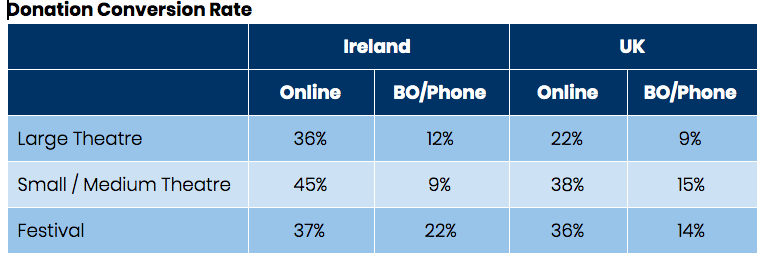
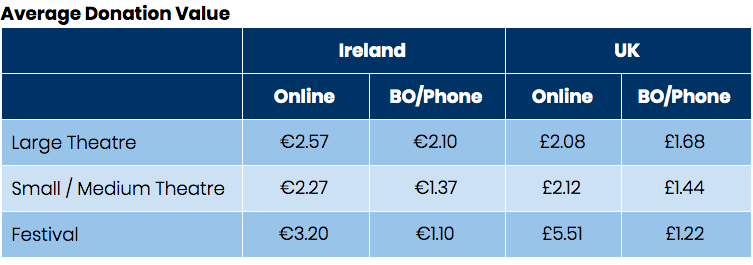
The system is flexible so that your team can create as many of these campaigns within the system as you feel necessary. It is also possible to prompt these donation campaigns as a simple reminder for your audience members during their booking journey.
You can also prompt these at the point of sale online and in the box office. Usually, this is one of the main fundraising revenue generators within venues. Have a look at the example below of Project Arts Centre’s booking journey and how they effectively use the donations prompt to encourage audience contributions.
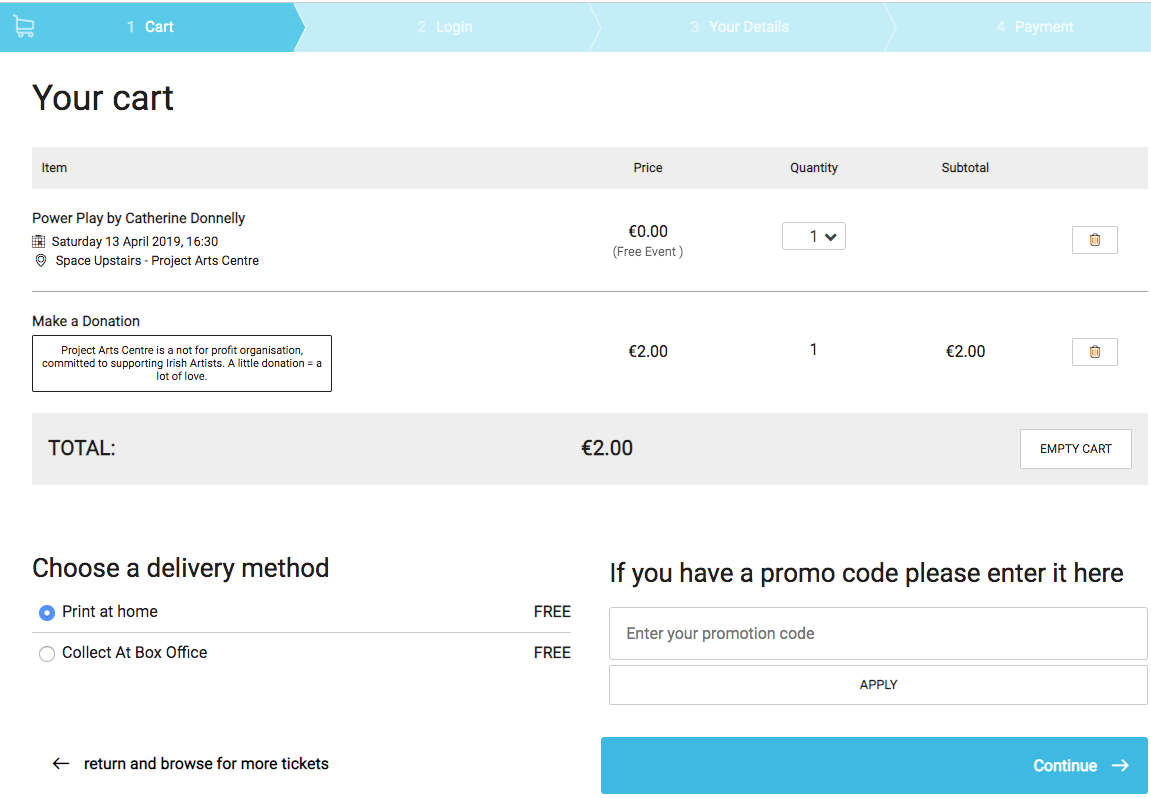
Green Belt offers an interesting example of an arts organisation who implement more than one Low & Mid Level donation campaign. In the top donation, Greenbelt reminds their audiences of their registered charity status to encourage them to support their mission to ‘create spaces where art, faith and justice collide’.

Greenbelt creates a more specific storyline in their bottom donation campaign where they can endeavour to account for your journey to and from the festival. Greenbelt festival encourages breaking creative boundaries and understands that environmental issues are concerns facing a lot of their audience members. In this sense, they have created a story which they know their audience will enjoy becoming involved in and empathise towards.
Membership Schemes
Similarly to Low & Mid Level donation campaigns, it is possible to create as many different memberships within the system as desired. Each membership scheme is linked to a specific benefit.
Each membership scheme is individually reportable within Ticketsolve and can offer a view on each audience member within that particular scheme. This ensures that Ticketsolve can draw a picture of that member for your team so that they can better engage the member relationship.
Diving into the Integration with Ticketsolve
High-Level Donors
Managing high-level donors is challenging as it can be demanding of your team’s time. Automations or standard campaigns are not sufficient in maintaining a strong and confident relationship with high-level donors. Communication with these respected donors will thrive through relationship building. Through pipeline management, the integration with Ticketsolve will allow you to track, monitor, and maintain relationships with high-level donors.
High-Level Donor Tip: Key points and tips around engaging with high-level donors
High-level donors deserve individual conversations. It’s important that they understand that they are unique and an important aspect of your donation campaign. In other words, mass conversations will not inspire a sense of involvement or belonging amongst your high-level donors. Think about what your high-level donors expect and how you can integrate this with your own organisational objectives. Using this as your basis allows you to build an approachable style strategy for your major donor campaigns.

Making Your Ask Meaningful
Often, you only get one opportunity to make the ask to high-level donors. This means that you need to be prepared, confident, and in the know about what exactly you are asking. The foundation of "the ask" starts way before the ask itself.
Take for example your basic messaging. ‘Every cent counts’ is an important message for any donation campaign. It’s a demonstration of strategic fundraising and further highlights a sense of purpose for high-level donors.
Building this relationship to the point where donors are interested to hear more about your goals, ambitions, and motivations, means that ‘the ask’ is natural. Your high-level donors will understand your expectations.
Articulating your good cause is important, but so is your output. And this has to be crystal clear for high-level or major donors. What are your goals and strategic direction? How do you plan on achieving this? What will this cost? What are the results you expect? Your major donors are keen to hear how their input is essential in order to execute this campaign.
Tapping into the Wonderful Arts Community
Fundraising campaigns are an opportunity for your high-level donors to be a part of an opportunity and a story. There is a clear difference between creating an opportunity proposal and looking for help. Entice your high-level donors by creating a business proposal. After all, their contribution is an investment in the ongoing work of the arts. An imperative mindset to fundraising is the understanding that you are not approaching your high-level donors looking for a handout, but rather a partnership.
Arts organisations engage with real people from all types of demographics, but regardless of which demographic you are targetting, a real human and emotional connection is what makes for powerful engagements with audiences. Arts and cultural organisations have so many rich stories to tell; we need to choose the right story and make it meaningful for our donor community.
Legitimise your Story with Storytelling
A good story opens your eyes, makes you think - makes you care. A really good story is memorable and it’s actionable. It instils a reaction and makes your listeners want to do something as a result. How you articulate your brand, your purpose, and your identity, are all important aspects of your storytelling.
Like a good joke, a good story can be distilled into one line. Through this one line, we can encourage our donors to share our story, share our passion and share our involvement. When sharing your story you might be inclined to play it safe and be too polite. But often, it is the boldest stories that get the best results, so don't be afraid to take a risk with your storytelling.
When you think about your story, consider positioning it within the wider arts community setting. This helps to frame your story and your own organisation's place within it.
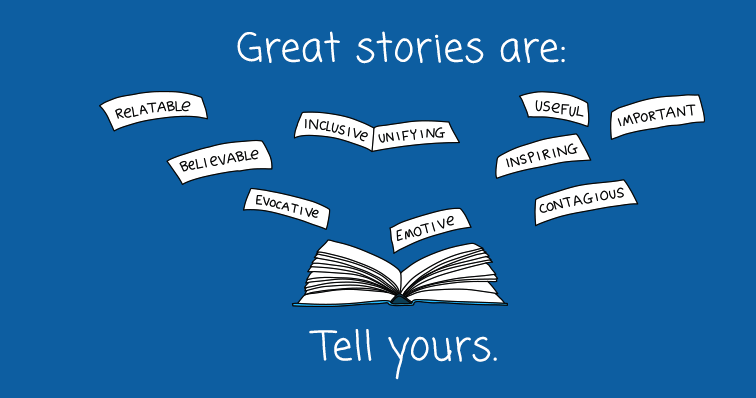
Head, Heart, and Hand
Below is a great way to put structure on your fundraising strategy and plan.
-
Head represents the purpose of your campaign. It’s an opportunity to outline why you are undertaking this campaign. This is the part of your campaign where your audience members ‘get their head around your campaign’.
-
Heart is the hook of your campaign - the reason your donors are going to empathise with your campaign and cause. This has to demonstrate the "why get involved" but in a way that is emotional and human.
-
Hand represents your ask. Be precise and coherent, otherwise, your donor will be asking ‘what do you want me to do?’. Ask them for their contribution and remember the earlier points discussed, you only have one opportunity and you are not looking for help, you’re offering them the opportunity to become part of your story.
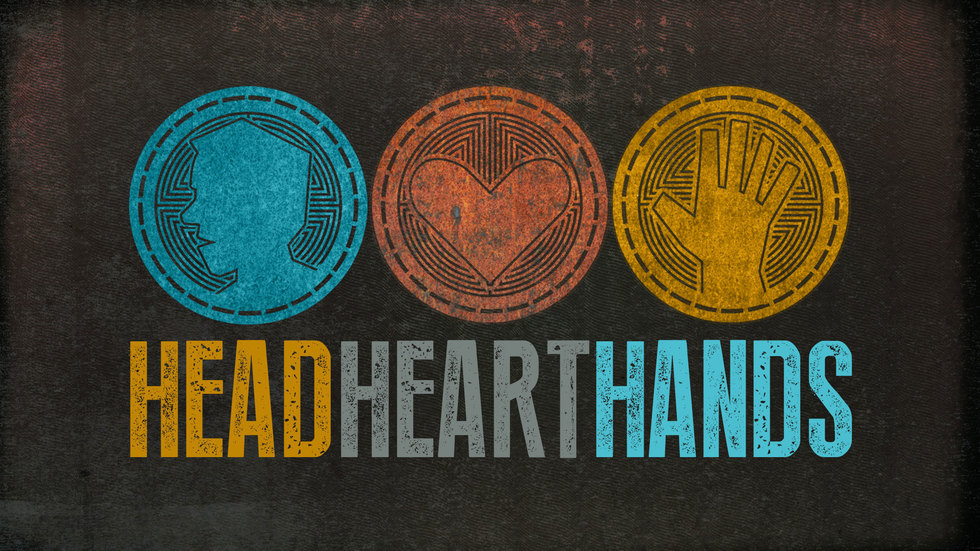
Once you have your donor on board the next step is ensuring that you make them feel special. These are the heroes of your fundraising campaign and deserve a bit of promotion. It also encourages others to consider becoming major donors as well. Get feedback from your major donors on how to improve, what they would like to see more of and remember to revisit your Head, Heart, and Hand strategy.
Categories
Recent posts
Archive
- December 2025 (2)
- November 2025 (1)
- October 2025 (3)
- September 2025 (1)
- August 2025 (3)
- July 2025 (3)
- June 2025 (3)
- May 2025 (4)
- April 2025 (5)
- March 2025 (5)
- February 2025 (4)
- January 2025 (4)
- December 2024 (3)
- November 2024 (5)
- October 2024 (4)
- September 2024 (7)
- August 2024 (5)
- July 2024 (3)
- June 2024 (3)
- May 2024 (3)
- April 2024 (3)
- March 2024 (4)
- February 2024 (5)
- January 2024 (3)
- December 2023 (3)
- November 2023 (4)
- October 2023 (4)
- September 2023 (5)
- August 2023 (3)
- July 2023 (4)
- June 2023 (4)
- May 2023 (5)
- April 2023 (4)
- March 2023 (4)
- February 2023 (5)
- January 2023 (4)
- December 2022 (4)
- November 2022 (3)
- October 2022 (4)
- September 2022 (5)
- August 2022 (2)
- July 2022 (4)
- June 2022 (5)
- May 2022 (4)
- April 2022 (5)
- March 2022 (3)
- February 2022 (4)
- January 2022 (4)
- December 2021 (2)
- November 2021 (3)
- October 2021 (5)
- September 2021 (4)
- August 2021 (4)
- July 2021 (3)
- June 2021 (4)
- May 2021 (2)
- April 2021 (4)
- March 2021 (5)
- February 2021 (4)
- January 2021 (5)
- December 2020 (4)
- November 2020 (4)
- October 2020 (5)
- September 2020 (5)
- August 2020 (4)
- July 2020 (7)
- June 2020 (5)
- May 2020 (5)
- April 2020 (5)
- March 2020 (8)
- February 2020 (4)
- January 2020 (5)
- December 2019 (3)
- November 2019 (5)
- October 2019 (4)
- September 2019 (4)
- August 2019 (5)
- July 2019 (4)
- June 2019 (4)
- May 2019 (5)
- April 2019 (4)
- March 2019 (4)
- February 2019 (3)
- January 2019 (5)
- December 2018 (4)
- November 2018 (8)
- October 2018 (2)
- September 2018 (3)
- August 2018 (5)
- July 2018 (4)
- June 2018 (4)
- May 2018 (1)
- April 2018 (1)
- March 2018 (3)
- February 2018 (2)
- December 2017 (2)
- November 2017 (3)
- October 2017 (4)
- September 2017 (2)
- August 2017 (1)
- July 2017 (5)
- June 2017 (3)
- May 2017 (2)
- April 2017 (3)
- March 2017 (2)
- February 2017 (3)
- January 2017 (3)
- December 2016 (4)
- November 2016 (1)
- September 2016 (1)
- July 2016 (3)
- June 2016 (1)
- May 2016 (2)
- April 2016 (2)
- February 2016 (1)
- January 2016 (3)
- December 2015 (2)
- September 2015 (1)
- August 2015 (2)
- July 2015 (1)
- June 2015 (2)
- May 2015 (2)
- April 2015 (5)
- March 2015 (2)
- February 2015 (2)
- January 2015 (4)
- December 2014 (3)
- November 2014 (3)
- October 2014 (2)
- September 2014 (3)
- August 2014 (3)
- July 2014 (3)
- June 2014 (7)
- May 2014 (6)
- April 2014 (3)
- March 2014 (2)
- February 2014 (1)
- January 2014 (3)
- December 2013 (1)
- August 2013 (1)
- June 2013 (1)
- April 2013 (1)
Sign up for regular updates

